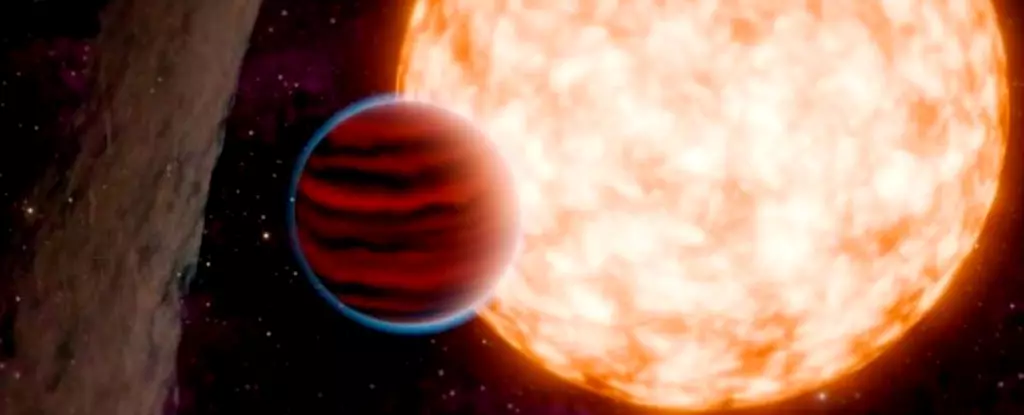In an extraordinary revelation for the field of astronomy, researchers have recently identified one of the youngest known exoplanets, TIDYE-1b (IRAS 04125+2902 b), which is a mere 3 million years old. This discovery propels TIDYE-1b into a unique category, offering a remarkably fresh perspective on planetary formation. To put this into context, Earth, with its 4.5 billion-year history, is about 1,500 times older than TIDYE-1b. The examination of such a young celestial body opens up lanes of inquiry into the formative processes of planetary bodies, challenging existing paradigms.
The existence of young planets like TIDYE-1b provides invaluable insights into how planets develop and evolve over time. Madyson Barber, a graduate student at UNC-Chapel Hill and lead author of the study, emphasized the importance of such discoveries: they afford astronomers the opportunity to ‘look back in time,’ observing the processes at work during planetary formation. The chance to study TIDYE-1b allows scientists to refine their theoretical models and acquire a deeper understanding of the methodologies that underpin planet formation.
Traditionally, the formation of planets is considered to occur in a flattened disc composed of gas and dust, typically resulting in a ‘pancake-flat’ arrangement of planetary bodies. However, the case of TIDYE-1b brings forth a scenario that deviates from this norm. Andrew Mann, an associate professor at the same institution, noted that the protoplanetary disc surrounding TIDYE-1b is tilted and misaligned with respect to both the planet and its star – a twist that challenges the conventional understanding of planetary formation. The unusual orientation provides a platform for astronomers to question and reevaluate established theories, potentially leading to new ways of depicting the planetary birth process.
The identification of TIDYE-1b was facilitated through the transit method, wherein the planet transits in front of its star, causing a detectable dip in brightness. This technique, deployed by NASA’s Transiting Exoplanet Survey Satellite (TESS), has led to more than a dozen discoveries of young planets in the 10-40 million-year age range. Nevertheless, TIDYE-1b stands out as the youngest of them all, presenting itself under surprising circumstances. Young celestial bodies typically remain cloaked beneath the gas and dust of their surrounding protoplanetary disc – making TIDYE-1b a significant anomaly.
The proximity of TIDYE-1b to its star is another intriguing aspect of this discovery. Orbiting its host at a staggering rate of once every nine days, the planet’s close vicinity can shed light on the atmospheric composition and structural integrity of such young gaseous bodies. Despite its larger size—estimated to be around 11 times the diameter of Earth—TIDYE-1b’s lower density suggests a different evolutionary path, one that could categorize it as a ‘super-Earth’ or ‘sub-Neptune’ type planet. Notably, this planet type appears to be prevalent throughout the Milky Way but is conspicuously absent from our solar system.
The discovery of TIDYE-1b heralds a significant advancement in our understanding of planetary formation. It serves as a critical reminder of the complexities and dynamism inherent in the universe. The belief that younger planets might exist hidden within their protoplanetary environments calls for continued exploration and examination of our cosmic neighborhood. In essence, TIDYE-1b challenges the preconceptions surrounding planet formation and invites astronomers to explore new horizons, fostering a deeper connection with the intricate tapestry of the cosmos. As research advances, the nuances of planet formation may unravel even further, illuminating the cosmic interplay that governs our universe’s development and evolution.


Leave a Reply